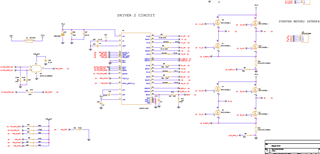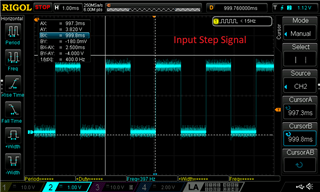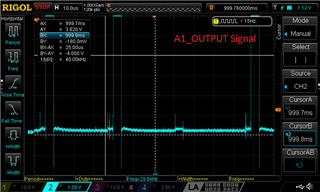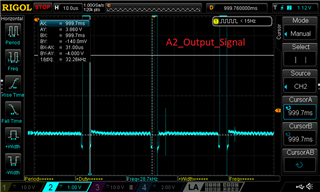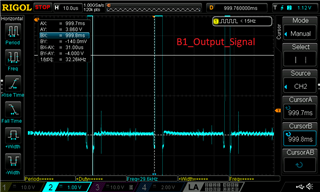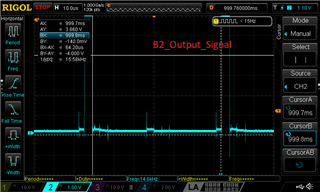Tool/software:
Hello TI Team,
I am using the DRV8711 stepper motor driver in my design, and I am experiencing excessive heating on the DRV8711 chip even before programming or connecting a motor. Below are the details of my setup and troubleshooting steps taken so far.
System Details:
Motor: Not connected yet
MOSFETs Used: STD12NF06L-1 (Q_g = 14 nC)
Power Supply (VM): [Specify your voltage, e.g., 24V]
PCB Design: Custom board
Firmware: No SPI programming yet (fresh board)
Observations:
1️⃣ DRV8711 heats up even before SPI configuration.
2️⃣ PCB power turns off when VM is connected (possible overcurrent issue).
3️⃣ A1_HS, A2_HS, B1_HS, B2_HS have internal pull-downs, but no external pull-downs are present.
4️⃣ Bootstrap capacitors (100nF) are correctly placed for high-side MOSFETs.
5️⃣ No visible short circuits on PCB.
Debugging Steps Taken:
Measured A1_HS, A2_HS voltages before programming – No unexpected high voltages observed.
Checked TOFF default setting – DRV8711 defaults to 0x30 (24 µs, ~42 kHz PWM), which should be fine for my MOSFETs.
Checked VM voltage stability – No significant dips. No short found
Questions:
1️⃣ Why is the DRV8711 heating up before programming, even without a motor connected?
2️⃣ Could the internal pull-downs be insufficient, causing unintended MOSFET conduction?
3️⃣ Is there a recommended way to verify if the driver is unintentionally enabling FETs before SPI initialization?
4️⃣ Are there known issues where incorrect bootstrap capacitor behavior could cause heating?
Any insights or additional debugging suggestions would be greatly appreciated!
Thanks in advance for your support.